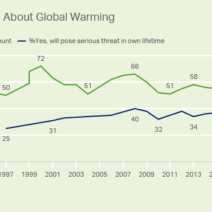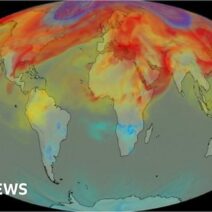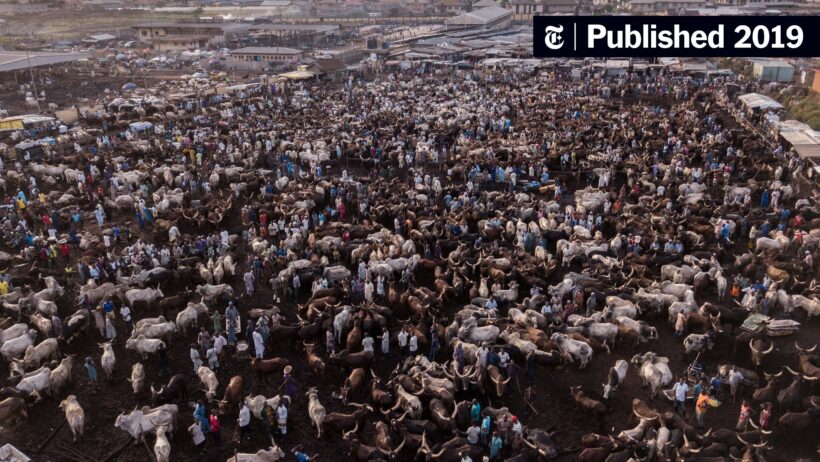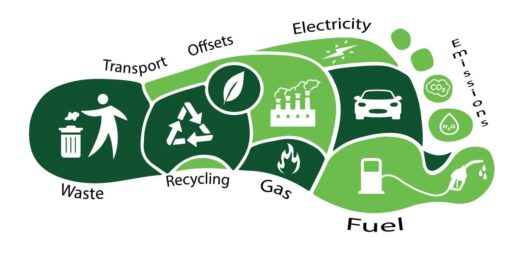Global warming, a consequence of anthropogenic activities, poses a profound threat to the stability of our food supply and the weather patterns that govern agricultural productivity. As the planet’s temperature ascends, the intricate balance of ecosystems is being disrupted, leading to a cascade of effects that challenge our ability to produce sufficient food to sustain the burgeoning global population.
At the heart of the issue lies the notion of climate variability. Increasingly erratic weather patterns have emerged, leading to a conundrum for farmers and agriculturalists worldwide. The repercussions are particularly pronounced in regions traditionally characterized by predictable seasonal cycles. In many instances, farmers rely on the rhythms of nature—timing their planting and harvesting around established climatic norms. However, as global temperatures continue to soar, these norms are rapidly becoming obsolete.
Rising temperatures contribute to a litany of challenges, including intensified droughts, unprecedented flooding, and unpredictable storm events. Drought has become more frequent and severe, particularly in agricultural hotspots such as the American West and parts of Australia. Crops that once thrived under consistent precipitation are now vulnerable to prolonged dry spells, leading to diminished yields. On the flip side, regions experiencing heightened precipitation may contend with flooding, which can obliterate an entire season’s crop in mere hours.
The interplay between temperature and moisture is intricate and multifaceted. For instance, higher temperatures accelerate the rate of evaporation, which can exacerbate drought conditions. Furthermore, the increased heat creates a susceptibility in vegetation, decreasing the soil’s moisture retention capacity. With crops struggling to access sufficient water, food security becomes a pressing concern.
Not only does global warming affect the physical availability of food, but it also alters the nutritional quality of the crops grown. Research indicates that elevated carbon dioxide levels can lead to reduced concentrations of essential nutrients in staple crops, such as wheat, rice, and maize. Consequently, while food may be abundant in quantity, it may not meet the nutritional needs of a population yearning for sustenance. This duality of quantity versus quality is a significant aspect that policymakers must consider moving forward.
The phenomenon of climate change also exacerbates the proliferation of pests and pathogens. Warmer temperatures provide an inviting environment for various insects, fungi, and bacteria that threaten crops. For instance, the corn earworm, a notorious pest, is expected to spread to new regions as temperatures rise, potentially devastating maize yields in unfamiliar territories. In tandem, the rise in humidity levels can create fertile ground for fungal infections, further jeopardizing agricultural viability.
Moreover, the socioeconomic ramifications of global warming on the food supply cannot be understated. Vulnerable communities, particularly in developing nations, are disproportionately affected by climate change. These populations often lack the necessary resources to adapt to changing climatic conditions. The direct impact on food production not only threatens physical nourishment but also economic stability in regions that depend on agriculture as a primary economic driver. Scarcity of food resources can lead to inflated prices, exacerbating hunger and inequality, and igniting social unrest.
Farmers’ responses to these challenges can vary significantly, influenced by local governance, access to technology, and financial stability. Innovative agronomic practices, such as crop diversification and drought-resistant seed varieties, are emerging as critical strategies to mitigate the deleterious effects of climate change. By embracing agroecological methods, farmers can enhance resilience against climate shocks while still maintaining productivity. Nevertheless, adopting these methods requires investment and support, highlighting the necessity for collaborative efforts between governments, NGOs, and local communities.
Addressing climate change thus demands a multifaceted approach that extends beyond agriculture. It necessitates an overarching strategy that encompasses renewable energy adoption, reduction of greenhouse gas emissions, and proactive resource management. Each of these aspects is interlinked with agricultural practices. Transitioning to sustainable farming techniques, improving land use policies, and empowering local populations can create a resilient food system capable of withstanding the vagaries of climate change.
In conclusion, global warming is irrevocably altering our food supply and weather patterns, presenting unprecedented challenges that span ecological, social, and economic spheres. The convergence of rising temperatures, irregular weather patterns, and nutritional repercussions creates a formidable battleground for global food security. However, through informed policies and innovative agricultural practices, there lies the potential for resilience. It is imperative for stakeholders at all levels—governments, scientists, farmers, and consumers—to recognize their role in combating this crisis and to strive for a sustainable future where food systems can adapt and thrive amidst the changing climate.







